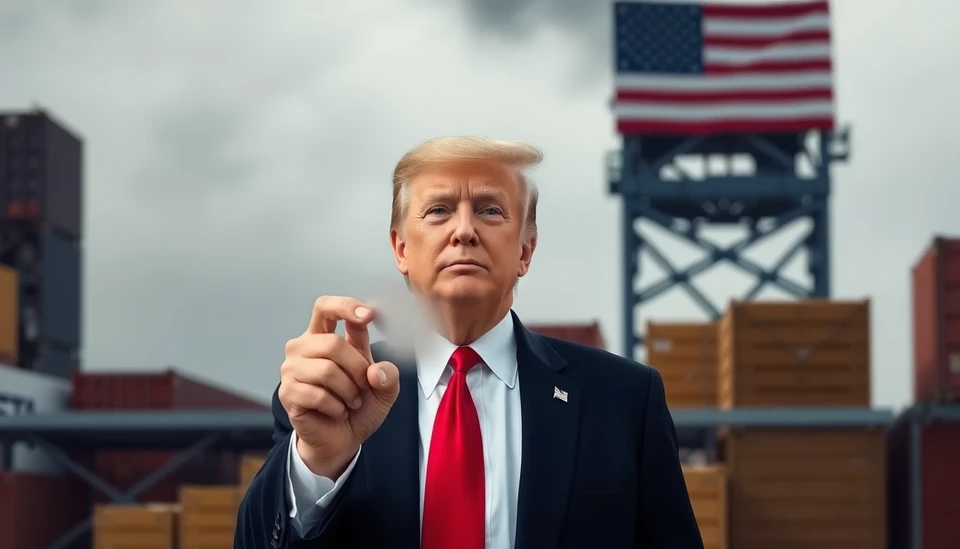
In a bold move to reshape the United States economy, former President Donald Trump has laid out plans that include aggressive tariffs on imports and a comprehensive crackdown on immigration. As he prepares for the potential return to the presidency in 2024, Trump is not only targeting China and Mexico but also promising to invigorate American manufacturing and create millions of jobs for US workers.
During a recent rally, Trump emphasized the need to place "America First," which has become the cornerstone of his campaign. He unveiled proposals that could significantly alter trade agreements and immigration policies, asserting that such changes are critical for maintaining national security and economic prosperity. According to Trump, the tariffs will be a key strategy in restoring the manufacturing sector and countering what he refers to as unfair trade practices from other nations.
Specifically, Trump has proposed imposing higher tariffs on products that are imported from countries he deems to be "taking advantage" of the US economy. This includes not only China, with whom tensions have been escalating over trade issues, but also Mexico, which Trump has held responsible for immigration challenges. His administration aims to renegotiate trade deals to benefit American labor, a strategy he claims will lead to job creation and bolster the economy.
In conjunction with these economic strategies, Trump's approach to immigration is expected to be equally forceful. He is advocating for stricter immigration controls, arguing that uncontrolled immigration dilutes the job market and poses additional challenges to American workers. Under Trump’s leadership, the United States could see an overhaul in its immigration system, with an emphasis on vetting capabilities and limiting pathways for undocumented immigrants.
Furthermore, Trump has teased plans to reestablish certain manufacturing incentives to attract companies back to American soil. His advocacy for tax reforms that favor domestic production could alter the landscape of American industry, encouraging businesses to prioritize local factories over overseas production.
In summary, Trump’s proposed policies signal a potential shift toward protectionism, focusing on safeguarding American jobs through tariffs while also tightening immigration regulations. As the 2024 election approaches, these platform elements appear designed to galvanize his base and attract those concerned with economic stability and job security.
These developments reverberate across the political landscape, as both supporters and opponents are beginning to formulate responses to Trump’s sweeping economic vision. Observers are closely monitoring how these proposals will shape not just the electoral race but also the future of the U.S. economy should he regain office.
As the former president embarks on this ambitious agenda, the implications for trade relations, labor market dynamics, and immigration policies will be significant, and analysts are keen to see how these strategies will play out against the backdrop of a changing global economy.
With the stakes high for both the upcoming election and the American populace, the conversation surrounding tariffs and immigration reform is set to intensify in the coming months.
#TrumpEconomics #Tariffs #ImmigrationReform #AmericaFirst #2024Elections #USManufacturing
Author: Daniel Foster




